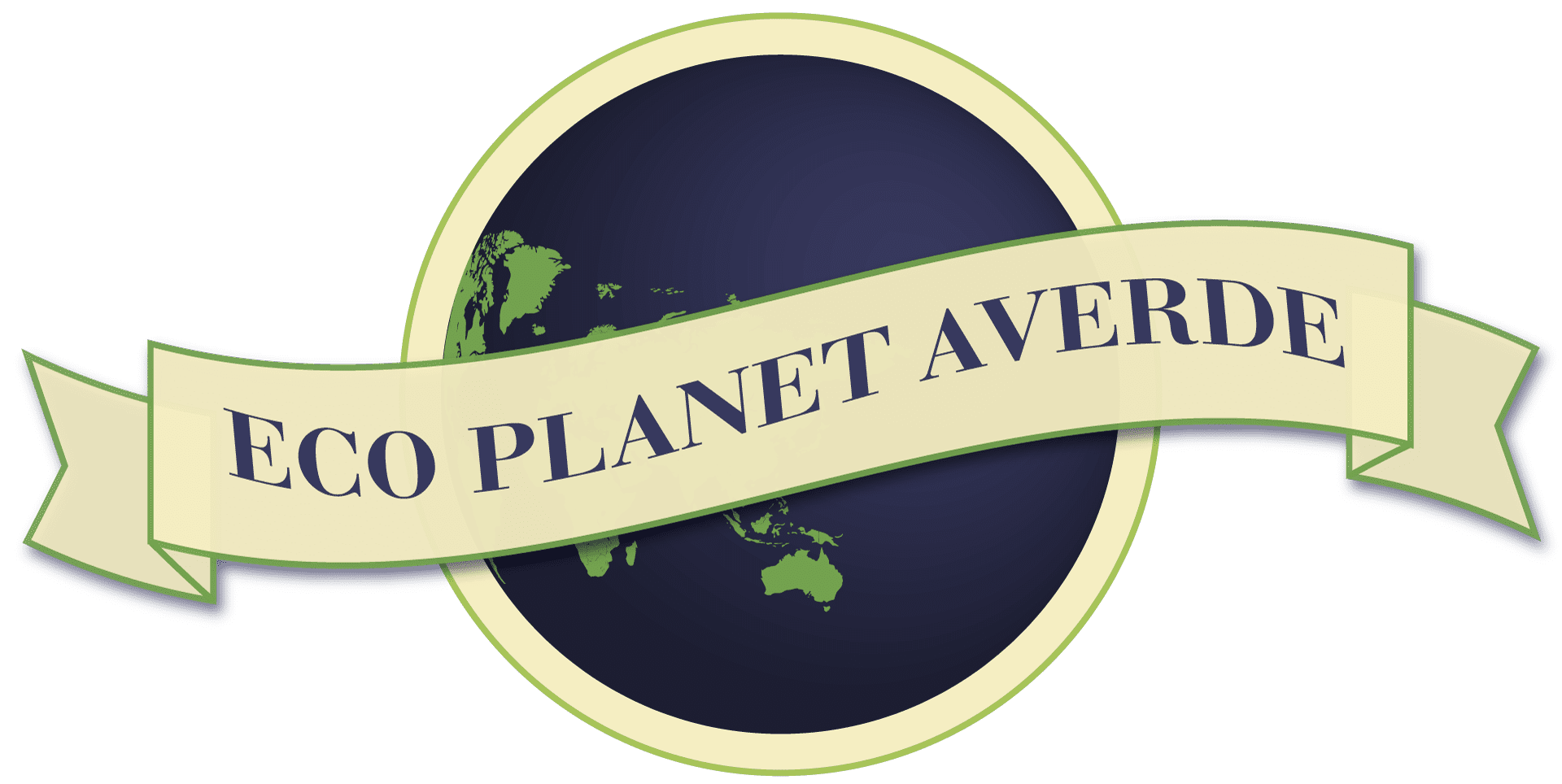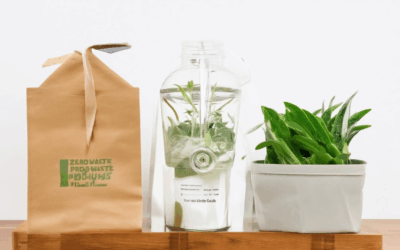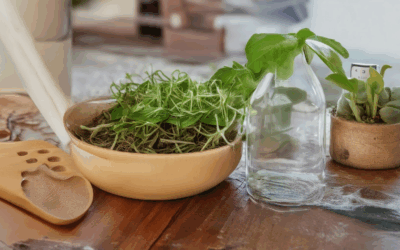Are you ready to transform your beauty routine into something sustainable and ethical? With the growing awareness of environmental issues, many are turning to zero waste beauty products and sustainable brands to reduce their footprint. This comprehensive guide dives into what zero waste beauty entails, explores the differences between traditional and eco-conscious practices, and highlights the best ways to adopt a greener beauty regimen. From understanding greenwashing to discovering the cleanest beauty lines, this article provides everything you need to make informed choices that align with your values. Whether you’re new to zero waste beauty or looking to refine your current routine, this guide offers practical tips, product recommendations, and insights to help you embrace a more mindful and sustainable lifestyle.
Key Takeaways
– Invest in reusable, eco-friendly products to minimize waste and reduce your environmental impact.
– Adopt the ‘5 Rs’ of zero-waste living: Refuse unnecessary items, Reduce consumption, Reuse materials creatively, Recycle when possible, and Rot organic waste through composting.
– Embrace the six pillars of zero-waste: Reduce, Reuse, Recycle, Refuse, Rethink product design, and Repair items before discarding them.

Zero Waste Beauty
Zero Waste Beauty is a philosophy and movement focused on minimizing waste, particularly in the beauty and personal care industry. It emphasizes the use of sustainable, eco-friendly, and biodegradable ingredients and packaging to reduce environmental impact.
The core principle of Zero Waste Beauty is to eliminate plastic use and instead opt for materials that can be reused, recycled, or composted. This approach extends beyond packaging to include the formulation of products themselves, ensuring that nothing goes to waste.
Key Components of Zero Waste Beauty
- Sustainable Ingredients: Products are formulated with naturally derived, organic, and biodegradable ingredients that are gentle on the environment.
- Reusable Packaging: Packaging is made from materials like glass, metal, or biodegradable plastics, which can often be reused or recycled.
- Recyclable Materials: Packaging and products are designed to meet recyclability standards, making it easier for consumers to dispose of them properly.
- Compostable Packaging: Certain packaging options are compostable, breaking down naturally in industrial composting facilities.
Benefits of Zero Waste Beauty
- Reduces plastic pollution, one of the most significant environmental challenges today.
- Supports circular economy principles by promoting reuse and recycling.
- Encourages brands to take responsibility for their environmental footprint.
- Empowers consumers to make more ethical and sustainable purchasing decisions.
How Consumers Can Support Zero Waste Beauty
- Choose products packaged in glass, metal, or biodegradable materials.
- Purchase refillable or bulk containers to reduce packaging waste.
- Look for certifications like Leaping Bunny or PETA Cruelty Free to ensure ethical sourcing.
- Join zero-waste beauty subscription services for curated, eco-friendly products.
Eco Planeta Verde advocates for a holistic approach to Zero Waste Beauty, encouraging consumers to educate themselves on product ingredients and packaging, and to support brands committed to sustainability. By making informed choices, we can collectively drive meaningful change for future generations.
For more insights and product recommendations, visit our sustainable beauty guide .
What is Greenwashing in Beauty?
Greenwashing in cosmetics refers to the misleading practice where companies market their products as environmentally friendly or sustainable when they are not. This tactic is often aimed at appealing to eco-conscious consumers who are increasingly seeking out products that align with their values.
Key Practices in Greenwashing
- False Claims About Recyclability: Companies may state that their packaging is fully recyclable when in fact significant portions are not or require special conditions that are not widely available.
- Misleading Sustainability Certifications: Products might display certifications or labels that suggest they meet high sustainability standards, even if they don’t meet the criteria set by those organizations.
- Overuse of Environmental Buzzwords: Terms like “eco-friendly,” “natural,” or “sustainable” are often used excessively without concrete actions backing them up.
- Irresponsible Sourcing Practices: Companies may claim to source ingredients sustainably or ethically when they are sourced from regions with poor labor or environmental standards.
Common Misconceptions
- Believing that “natural” always means sustainable. In reality, many natural ingredients require harmful production processes.
- Assuming that certifications like Leaping Bunny or Fair Trade guarantee ethical treatment of animals and workers. While these certifications are important, they don’t cover all aspects of sustainability.
How to Spot Greenwashing
- Look for Specific Claims: Pay attention to exact statements about environmental impact rather than vague terms.
- Check Ingredient Lists: Verify that the ingredients used align with the sustainability claims being made.
- Research Brands: Look up third-party reviews and ratings to see if the brand’s claims hold up under scrutiny.
- Ask Questions: Engage with customer service or look for transparency reports that detail the company’s environmental practices.
Why It Matters
Supporting brands that genuinely commit to sustainability helps drive real change in the industry. By being informed consumers, we can reward companies that prioritize environmental responsibility and discourage those that engage in greenwashing.
Conclusion
Eco-conscious consumers have the power to shape the beauty industry by demanding transparency and accountability from the brands they support. By learning how to identify greenwashing and making educated choices, we can contribute to a more sustainable future for everyone.
For more resources on sustainable living and eco-friendly products, visit our sustainable living guide .

The Cleanest Beauty Line
When searching for the cleanest beauty line, it’s essential to consider products that align with your personal values and preferences. Eco Planet Verde offers a curated selection of sustainable and non-toxic beauty products that cater to various skin types and routines.
Below is a list of some of the most popular clean beauty brands available through Eco Planet Verde:
- Eco Planet Verde – Our go-to brand for eco-conscious consumers, offering a wide range of sustainable skincare and makeup products made with natural ingredients. Check out their sustainable skincare collection today.
- Clean Origin – Known for its minimalist approach, Clean Origin creates gentle, effective skincare and makeup without harmful chemicals. Explore their cruelty-free makeup line .
- ILIA – ILIA is celebrated for its innovative formulations using clean, plant-based ingredients. Discover their biodegradable beauty products .
- Mineral Cosmetics – A trusted name in clean beauty, Mineral Cosmetics offers hypoallergenic makeup that’s free from harsh chemicals. Visit their natural beauty essentials .
Eco Planet Verde ensures that all listed brands meet strict standards of cleanliness and sustainability, making them excellent choices for anyone seeking high-quality, safe beauty products.

Examples of Zero Waste Products
- Reusable shopping bags made from durable materials
- Fabric produce bags for carrying fruits and vegetables
- Mesh bags for storing grains, nuts, or other dry goods
- Stainless steel or bamboo straws and utensils
- Reusable cloth napkins instead of paper towels
- Hairbrushes with compostable handles
- Toothbrushes with biodegradable bristles
- Natural cotton menstrual products
- Glass jars and containers for food storage
- Beeswax wraps for wrapping food
- Compostable kitchen scraps collected for home composting
- Shampoo and conditioner bars instead of plastic bottles
- Solid deodorants in reusable metal tins
- Soap and detergent bars packaged without plastic
- Clothing made from hemp or organic cotton
- Repair services for extending clothing life
What Are the 5 Rules of Zero-Waste Living?
Eco Planeta Verde believes in embracing a sustainable lifestyle that minimizes waste generation. Here are the five essential principles guiding our approach:
- Refuse – Avoid purchasing items that create unnecessary waste. Choose products made from sustainable materials and packaged responsibly.
- Reduce – Conserve resources by limiting consumption. Aim to purchase only what is necessary and reuse items whenever possible.
- Reuse – Find creative ways to repurpose items rather than discarding them. Turn old goods into new treasures through DIY projects or community exchanges.
- Recycle – When recycling is available and practical, do so responsibly. Ensure materials are clean and free of contaminants before recycling.
- Rot – Return organic waste to the earth by composting. This not only reduces landfill waste but also provides nutrient-rich soil for gardening.
By following these five Rs, we can work towards a world where waste is minimized, and resources are used efficiently. Join us in our mission to create a more sustainable future by adopting these principles in your daily life.

What Are the 6 Concepts of Zero-Waste?
Zero-waste is a philosophy and practice focused on eliminating waste in various aspects of life, particularly within businesses and production processes. It aims to minimize environmental impact by optimizing resource use and avoiding unnecessary discards. Below are the six core concepts of zero-waste:
- Reduce
Reducing is the first step toward achieving zero-waste. It involves minimizing the quantity of resources used in production, packaging, and consumption. By using fewer materials, companies and individuals can significantly cut down on waste generation. - Reuse
Reusing materials is another critical concept. Instead of discarding items, finding new purposes for them helps conserve resources and reduce landfill dependency. For instance, repurposing packaging materials or donating surplus goods can extend their lifecycle. - Recycle
Recycling comes into play when items cannot be reduced or reused. It involves processing materials into new products, thereby diverting them from landfills. Effective recycling programs are essential for maximizing the recovery of valuable resources. - Refuse
Refusing unnecessary items is a proactive approach to reducing waste. This could mean declining offers for plastic bags at checkout or opting out of unwanted catalogs. Reducing consumer demand for non-essential products supports a circular economy. - Rethink
Rethinking how products are designed and manufactured is crucial for achieving zero-waste. Designing products for durability, repairability, and recyclability ensures they last longer and have a lower environmental footprint. - Repair
Repairing damaged items before discarding them is a simple yet effective waste-reduction strategy. Encouraging manufacturers to offer repair services and consumers to fix products can extend their useful life.
By integrating these six concepts, individuals and businesses can work toward a more sustainable future. Eco Planeta Verde encourages everyone to adopt these practices to contribute to a healthier planet.
Learn more about sustainable living practices .




0 Comments